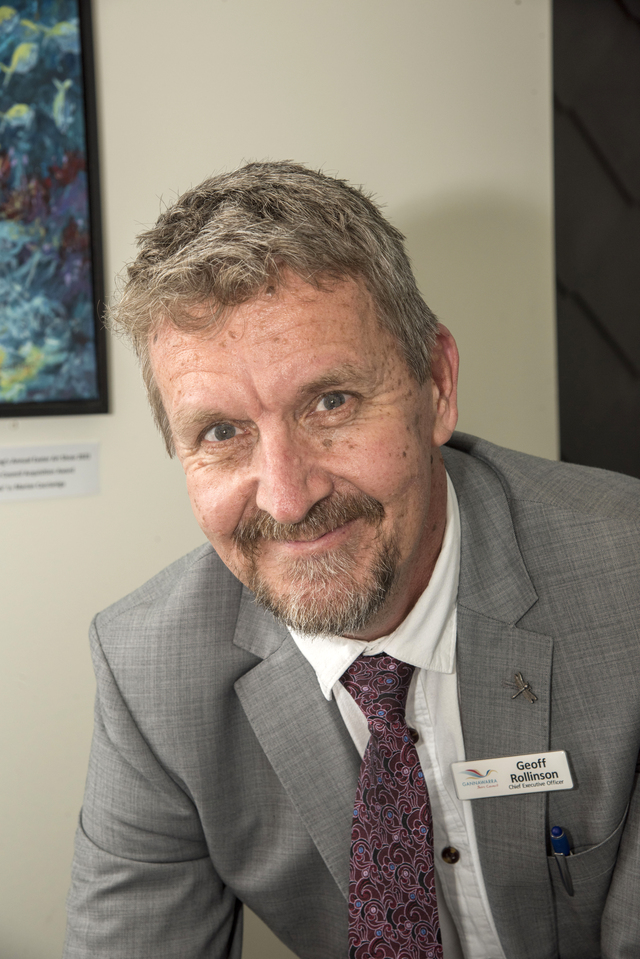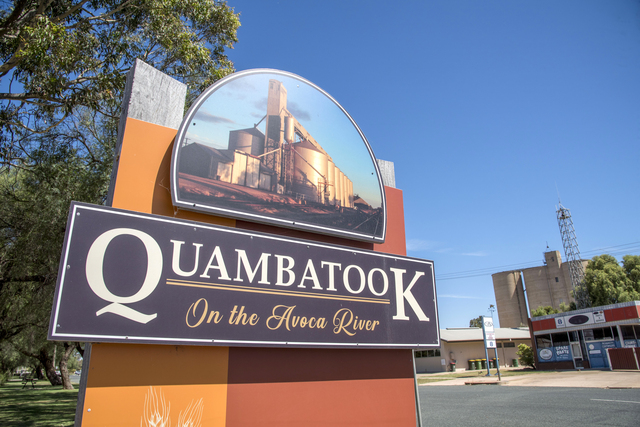For many years men have had the ambition to fly, just as birds do. It was not until December 17, 1903 that Wilbur and Orville Wright made the world first flight, having invented and built the first successful aeroplane a power driven, heavier than air machine.
Orville piloted the plane and flew 120 feet and remained in the air for 12 seconds. The brothers continued to develop better planes. In 1904 they made 105 flights but managed only 45 minutes in the air.
Since then planes have become bigger, faster and more efficient. We rely on them for travel and for international trade.
Birds vary in size and most fly, many for long distances to breed. They can teach us many things. Alan Moorhead recorded in Resolution in 1774, after circumnavigating the South Pole with James Cook, the presence of an Albatross.
“It was always there, each morning at first light moving up to the ship and wheeling around it without as much as a flicker of it’s immense 14 foot wings, the perfection of effortless motion.
No distance wearied it, no storm deterred it, when the gale became too fierce, it took shelter with outspread wings in the hollow of the waves. An albatross can glide immense distances on their long, narrow wings, holding them almost motionless for hours on end. They land only to breed.
Their courtship displays include bowing, dancing, clapping and preening, How clumsy are our most sophisticated aircraft when compared to the simplicity and versatility of bird life?
They can climb, soar, glide, flap, hover, roll and dive, possible because of their light skeleton of hollow bones, strong breast muscles, their streamlined bodies and flexible wings whose every feather can operate independently.
Owls are fascinating birds. They have an upright posture, a fixed forward stare from large eyes, reminding us of a rather pompous scholar that may be the origin of their “wise old owl” reputation.
They are mainly nocturnal, have excellent eyesight, sensitive hearing that enables them to locate a small rodent under leaves or snow. The owl’s head is so flexible it can rotate at least 180 degrees.
So an owls body can face one way, while its head is looking in the opposite direction. We are unable To do this. We can look back at the past with gratitude and to the future with expectation. Do we look to the future and welcome only what is new, with little respect for the past?
It is great if we can keep a balance between the two extremes. As Christians, we are always looking back to the first coming of Christ on the original Christmas Day when He came to a stable in great humility and we are looking forward to His return when He will come in power and great glory.
We are jiving in between times, between the kingdom that has come and the kingdom coming. We are grateful for Christ’s time on earth, His death and resurrection and anticipate His return with eager expectation.
Mr E. Cheney has written this poem:
Said the robin to the sparrow
I should really like to know
Why these anxious human beings
Rush about and worry so.
Said the sparrow to the robin friend, I think that it must be they have no heavenly Father such as cares for you and me.






